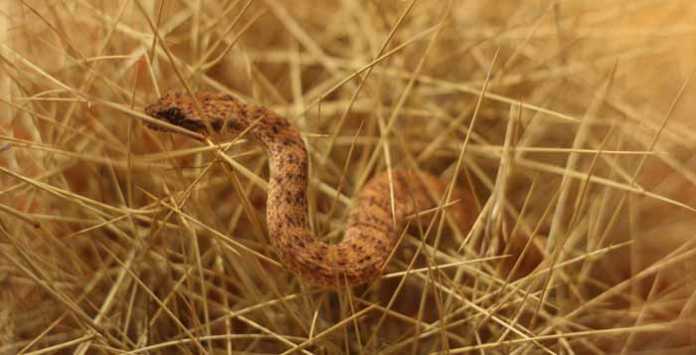Myths and legends have always captivated us but sometimes not for the right reasons. They alter the facts and rope us into believing that there is truth behind them. One reptile that is the subject of many legends is the snake.
Read on to find out six common misconceptions revolving these interesting creatures.
1. When feeding, snakes dislocate their lower jaw
Ouch, that sounds painful! Can a creature, like a snake, really be that hungry to swallow something larger than its own head?! This myth seems to suggest so, but the truth is more comfortable to swallow.
The fact is that serpents are superbly flexible. Their lower jaw is divided into two halves called “mandibles.” These bones aren’t joined like ours are. Instead, they have a stretchy ligament that attaches the mandibles and helps them to move apart once dinner is on.
2. Certain serpents are poisonous
Some snakes are indeed dangerous, and being near them isn’t such a good idea. However, it can get a touch confusing when you refer to these slithery reptiles as being poisonous and venomous. The two terms cannot be used interchangeably as they have different meanings.
While poison gets to work when ingested, inhaled, or absorbed through the skin, venom is any toxic substance administered through fangs, stingers, and so on. Poisonous snakes are rare, but it’s the venomous ones you want to watch out for. There are more than a whopping 600 venomous reptiles out there! Venomous North American Snakes are ones to bear in mind.
3. Rattlesnakes rattle before lashing out, without fail!
This certainly sounds quite believable! You’d think a rattlesnake would rattle away before pouncing on their prey. However, contrary to popular belief, this is a common misconception.
Our serpentine buddies use their rattling mechanism to warn potential attackers by vibrating their tails. They don’t have to sound the warning either and can choose to skip the rattling part altogether. So next time you are crossing through a rattlesnake infested area, tread carefully!
4. Say what? Snakes are deaf!
Our reptile friends lack eardrums, which would make you think they can’t hear airborne sounds. However, reasonably new research suggests otherwise. Regardless of lacking eardrums, snakes still have inner ears that attach to their jawbones. When resting or moving, they can pick up on vibrations in the ground, such as footsteps. Once movement is flagged up by their nifty jaw, the soundwaves are transmitted to their brain and processed.
In 2011, biologist Christian Christensen observed the brains of some ball pythons – Python regius. He found that his test subjects had no problem detecting low-frequency airborne sounds because their skulls vibrated in sync with them! So snakes aren’t deaf, after all!
5. Slithery serpents asphyxiate their prey
We can finally put the strangulation assumption to bed now. Many believed that boas and pythons fatally choked their victims. What has been fund with recent research is that they kill by restricting their prey’s blood flow. Dr. Scott Boback and his team put to work this myth that has been circulating for many years, and now, thanks to their hard work, we can finally say that snakes don’t strangle their victims.
6. Serpents are jam-packed with slime
Snakes are most certainly not as grimy as they are thought to be. Covered and oozing in slime, they most certainly aren’t. Instead, they’re coated with dry scales and can feel like even sand flowing through your fingers when handled. Sounds a lot nicer than slime, that’s for sure!
So there you have it, folks! Six common misconceptions about snakes debunked right here!



